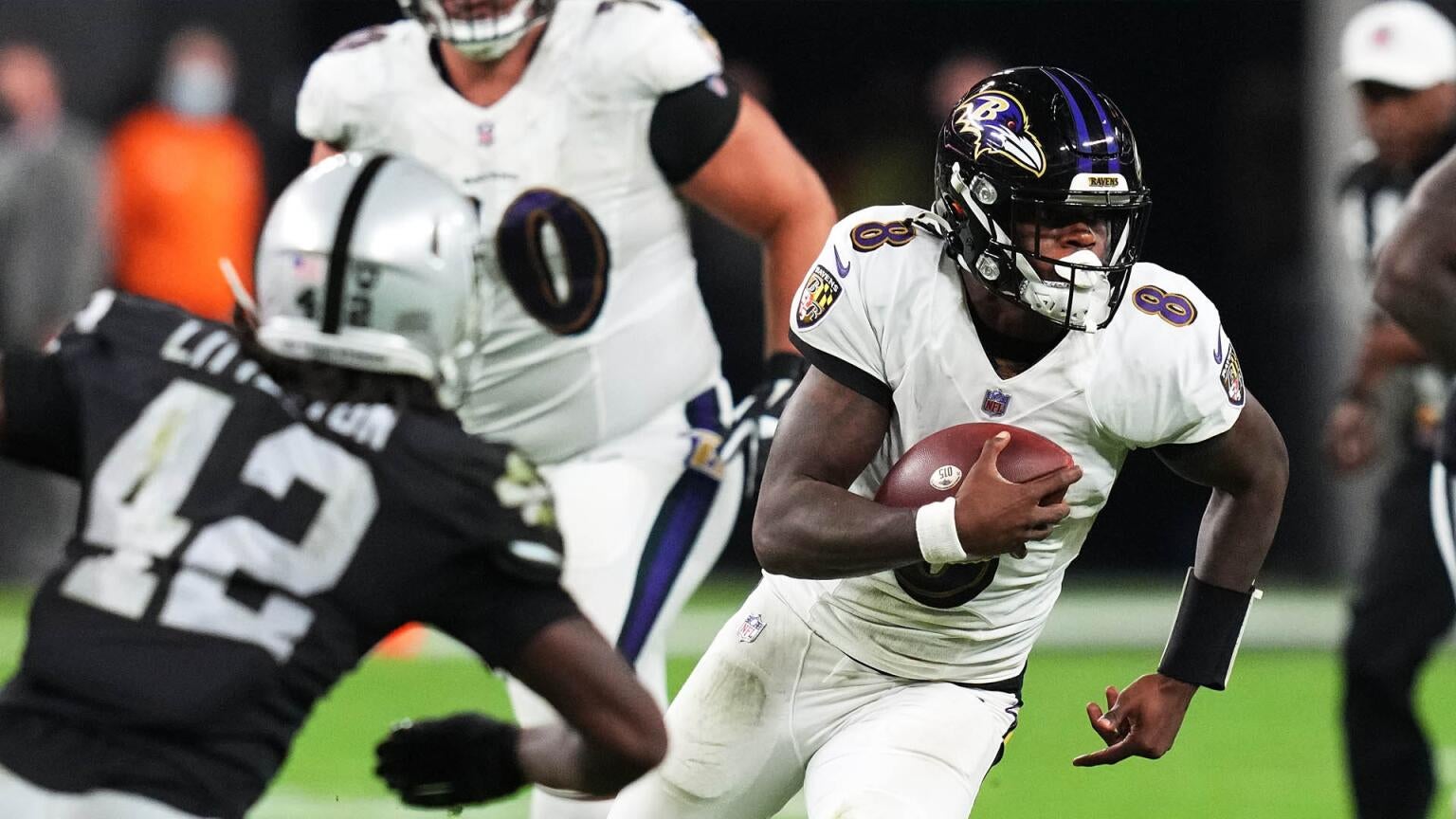
Live sports are an incredibly important piece of the puzzle that is the current mass media landscape. Holding the rights to major sports leagues are the only thing keeping tradition pay-TV afloat, and yet such providers are still hemorrhaging customers. Streaming services would love to pounce on those rights when they become available, but the costs for live sports rights will only continue to climb as more outlets get into the bidding
Those costs are already plenty high, according to a report from accounting and consulting firm Deloitte Global Insights. The report shows how much major media companies have paid for their sports broadcasting and streaming rights in the last year, and predicts that in 2023, streamers will pay $6 billion for major sports rights alone in global markets.
Click the chart to see what major providers are paying for sports streaming rights in 2022:
Despite that amount, sports leagues have been hesitant to accept streaming as their primary distribution mode. For one thing, rights deals with linear broadcasters have been even more lucrative for leagues. The NFL’s last broadcasting deal was for $110 billion spread across 11 seasons, so streaming companies will have to really open the purse strings to attract the biggest leagues.
Streamers will also have to keep the fan experience at the forefront of their plans if they want to become a viable home for major sports. It will require skillful use of in-house data to evaluate fan preferences and needs, such as whether integrating sports betting features will be a meaningful addition for users. Utilizing social media and other means of digital engagement will be crucial to ensuring sports events have the most possible reach.
Additionally, streamers will have to improve from a technical aspect to become a truly viable home for the biggest sports leagues. Audiences will require the highest possible viewing definition, meaning 4K or 8K ability will be crucial for streamers going forward. Streaming companies will also have to dramatically reduce latency, the transmission delay between action on the field and when users see it on their screens.
Streaming latency times have been as high as a full minute historically, but the industry has seen improvements of late. The NBA was able to reduce latency on its app to around 12 seconds this season, and the NFL recently offered a gambling-centric stream of a game on the Caesars Sportsbook app that featured low latency times, as well. The NFL will be offering a low-latency betting-themed stream of one game per week for the rest of the 2022 season.
It will likely take a few more cycles of rights agreements before streaming services are able to make major steps forward in acquiring big-time sports rights. But with services like NFL Sunday Ticket likely moving to a streaming-only format soon, the future of sports on streaming looks bright, so long as companies can make the adjustments necessary to make sports on their services a success.

